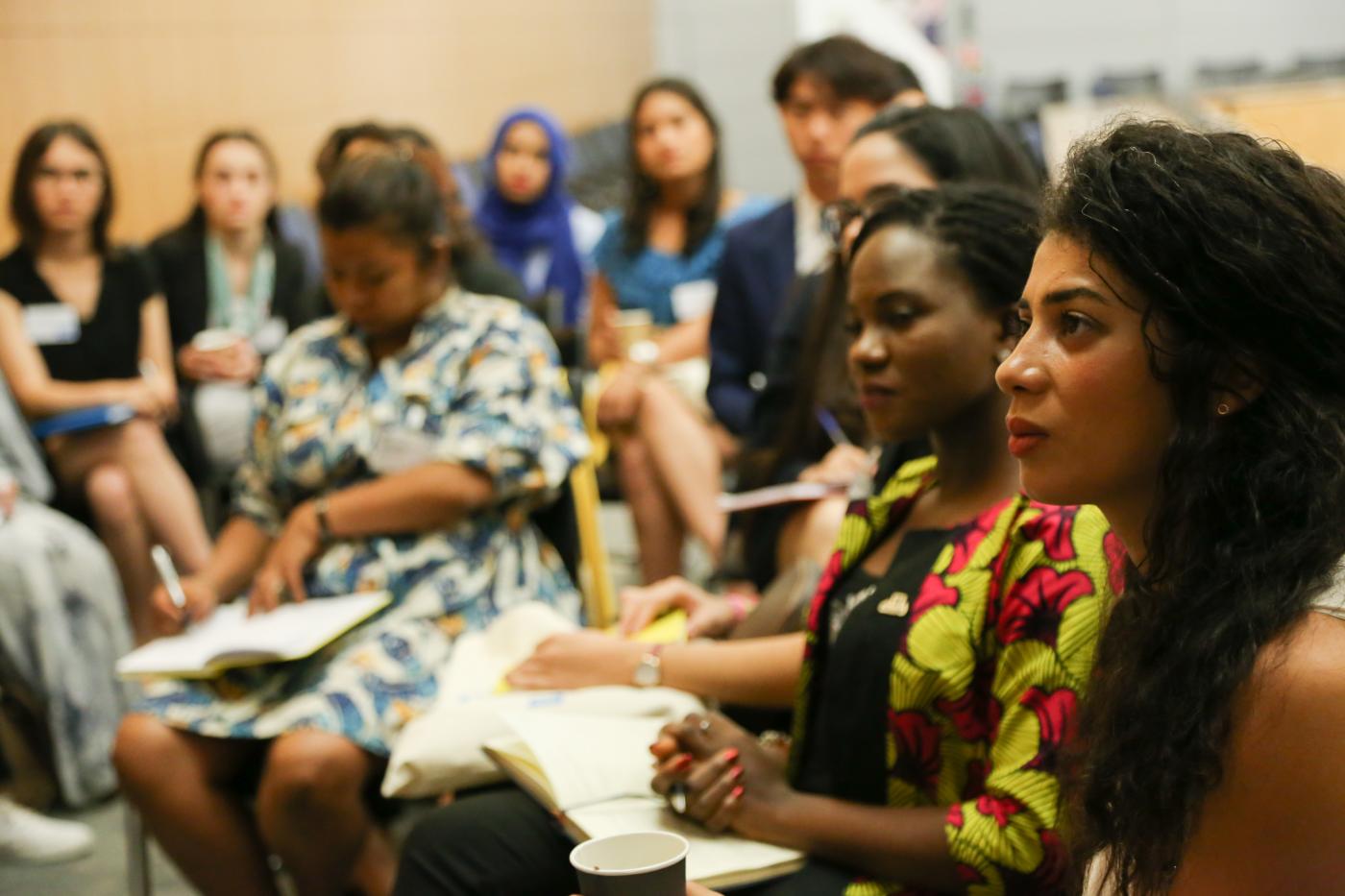VU Amsterdam says target figures for recruiting researchers of colour needed

Students with a migration background have very few role models at universities, said Mr Subramaniam during the webinar. He admits that this is an issue at his university too.
At VU Amsterdam, only eight per cent of academic staff comes from a non-Western background and, out of this total, only 1.4 per cent belongs to the second generation. The situation is different for the VU student population. One in three students comes from a migration background and 14.5 per cent is second generation.
“There is a discrepancy’’, Professor Subramaniam noted. He believes universities should work harder to recruit staff from a migration background, in the same way that they are currently making more effort to recruit more women.
Plan of action
Over the last ten years, universities have used various target figures for the purpose of recruiting more female professors. “That helped’’, stated Subramaniam. He then asked whether a nation-wide plan of action was required for recruiting staff members from a migration background, adding: “I would say: yes.”
One of the other speakers during the Zoom meeting of the KNAW was a former VU student, Mitchell Esajas. He is one of the founders of and played an active role in the recent protests against racism.
During his studies, Mr Esajas realised the country’s colonial past was barely mentioned and there was little room for diversity. He believes universities need to ‘decolonise’, meaning they need to carefully examine course content for missing points of view and to find out which assumptions are being handed down to students.
One of the attendees of the virtual meeting posed a question relating to Thierry Baudet, the Dutch politician who seems to want to ‘purify’ universities: Wouldn’t decolonisation of universities amount to the same thing, namely “the purification of universities on ideological grounds, thereby side-lining science?”
“End of story”
Moderator Judi Mesman appeared to be embarrassed just reading the question. Mr Esajas calmly answered that he struggled to take seriously a question that effectively equates the decolonisation of universities to the purification ideals held by far-right politicians. “So no, of course that is not the same. End of story.”
Ms Mesman, dean of Leiden University College The Hague, shared that these types of debates are even more intense at her college because the student body there is an international, diverse, tightknit community, with an interest in liberal arts. In other words, humanities and social sciences.
She put forth a practical issue associated with this decolonisation process, as it entails more than changing a few books or articles or adding material produced by black authors to the reading list. When you add new ideas to course curricula, lecturers need time to become acquainted with it. Without proper preparation, lecturers would not do the material justice.
All speakers emphasised that awareness of the problem was a step forward, but that more was needed. Mr Esajas stated that it helps when people in positions of power speak out against racism. Others will then feel comfortable to jump on the bandwagon. Mr Subramaniam added that ‘courageous conversations’ were needed: people need to speak up.
Self-explanatory
Ms Mesman stated that those conversations can be challenging in the world of academia. Activist students and those with a personal and emotional connection to the topic use terms that originated in the United States, such as institutional racism and microaggression. They view those terms as self-explanatory. “But what do members of staff see? Unclear definitions, conceptual confusion...”
In those situations, taking a step back and keeping quiet might be the best course of action as an academic, said Mesman. We can argue the meaning of those terms and attempt to find nuance, as befits a university lecturer. “But the timing needs to be right. Sometimes students and employees simply want to be seen and heard.”